Making memory move: filmmaking and justice on the Bosnia field course
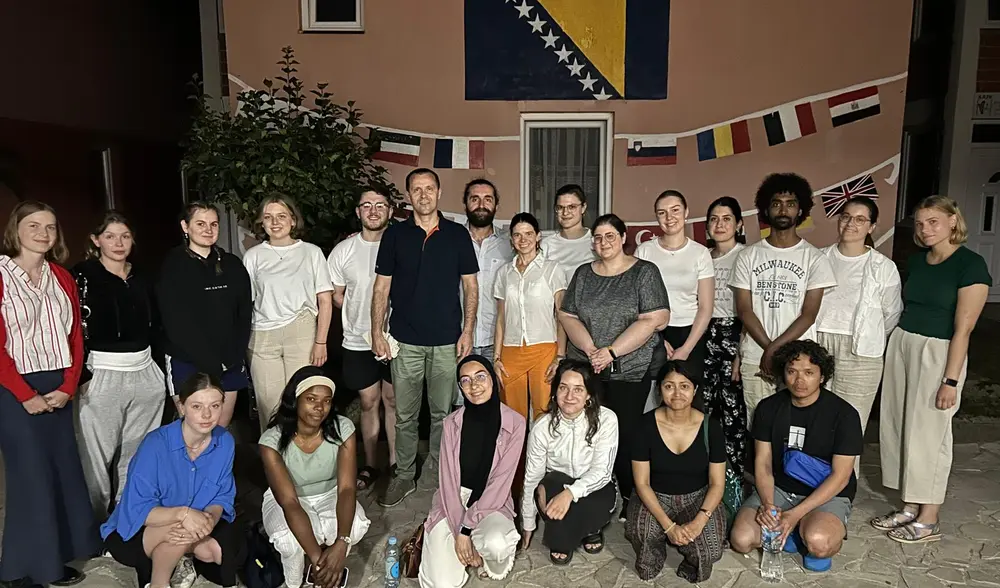
Silent at first, then surging with questions and resolve, our mixed Leipzig–Erfurt cohort spent 29 June – 5 July 2025 tracing art‑based approaches to justice from Sarajevo’s studio floors to the Srebrenica–Potočari Memorial. The fieldwork core of the seminar "Between Memory & Reconciliation After Violence: Understanding Transformative Justice Through Art", which left us carrying equal parts heaviness and hope, was the focus of our attention.
Morning lectures in Sarajevo on June 30 gave us a general idea of where we would be heading and, to a certain degree, what to expect, yet the real education began once we left the classroom. Three hands-on days in Srebrenica (1–3 July) involved shooting documentaries, followed by film screenings and museum walks back in Sarajevo, which turned lessons into a lived experience. Prof. Dr. Solveig Richter and filmmaker Ado Hasanović shepherded our 18‑strong Brandt School and Leipzig crew through every stop and every unexpected detour.
A rush of grief in Srebrenica
Standing among thousands of white headstones, the air felt unnaturally still, just the crunch of gravel under our shoes and, somewhere beyond the fence, the distant call to prayer. A physical wave rose in my chest: sadness, anger, bafflement at the scale of loss, each stark marble slab carrying a name that could have been my brother’s or yours. Grief and awe bled into one sensation so strong it left several of us speechless. I caught myself counting years on the headstones, noticing how many ended with 1995, and wondering how an entire generation learns to breathe after that.
Later, inside a small elderly home back in town, the heavy silence was broken. Over thick Bosnian coffee and homemade hurmašice, the residents traded jokes about stubborn grandchildren and showed photos of gardens now sprouting again. Their everyday tenderness —watering roses, mending socks, saving seats for neighbors —worked like a gentle hand on my shoulder, reminding me that even here, life refuses to be only tragedy.
Talks that still echo
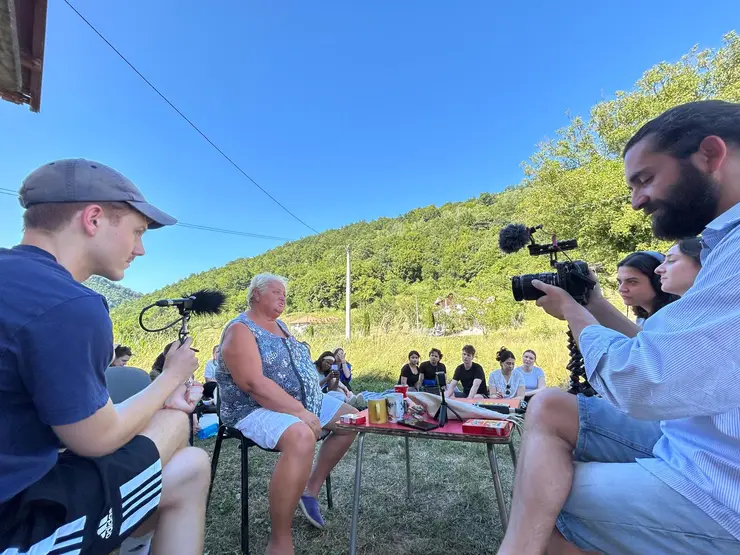
Nezdad Avdić: Facing our camera, he relived the chaos of the firing squad, the crack of rifles, bodies dropping, his dive into the river, and the hours he spent playing dead beneath drifting branches. What shook us even more was what followed: years later, he chose to return with his wife and two children, planting plum trees near the very hills that once echoed with gunfire because, as he put it, “If we leave, the crime wins.” In that moment, resilience stopped being a conference slogan and became a quiet, daily act of defiance.
Eveta: Entrepreneur, community organiser, and the trip’s quiet force of hope. Over Bosnian coffee, she told us, “Art is the language that lets the unsayable breathe,” then unpacked how she hires war widows for her small business, lobbies the municipality for playgrounds, and mentors teenage girls in documentary skills so “they won’t wait for permission to be heard.” Her calm conviction that “women are the cornerstone, when we move, the country moves” rewrote feminism for many of us, shifting it from theory to daily, actionable solidarity.
Learning through the lens
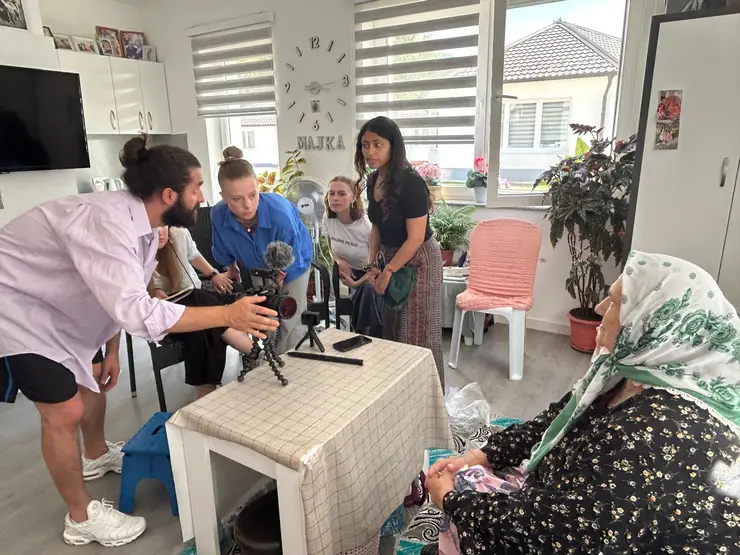
The Srebrenica workshop transformed Freire’s call for praxis—reflection combined with action—into muscle memory. Survivors co‑authored short films with us; every shot required negotiated consent, echoing April Bang’s argument that art can be both restorative and transformative in post‑conflict contexts. The exercise will directly inform our graded reflexive paper and (video) podcast, which will be presented back on campus.
When objects speak
On our first day in Sarajevo, the War Childhood Museum dissolved any comfortable distance we still tried to keep from the conflict. Glass cases held scuffed toys, half‑finished homework, and a once‑white teddy bear whose fur was now the colour of bomb dust. The object that stopped me cold was a neatly folded blue baby blanket packed by a mother for a daughter she would never meet again. In that moment, Redwood, Fairey & Kerr’s claim that art objects can “store moral weight” clicked: the blanket carried grief, interrupted futures, and an insistence on being remembered. Overhead, headphones looped a boy’s voice describing how he hid picture books under a mattress so the shelling wouldn’t find them. In that dim room, I understood how artefacts speak when language fails, and how curating memory is itself an act of justice.
Finding Beirut in Bosnia
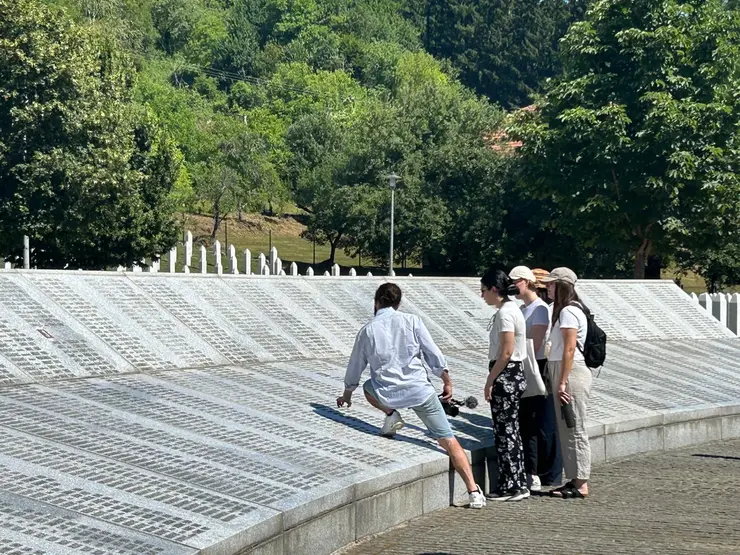
Walking Sarajevo’s steep backstreets felt like tracing Beirut’s own hills: minarets rising beside church steeples and the silver dome of the Ashkenazi synagogue; graffiti in Cyrillic and Latin echoing the Arabic‑French‑English medley back home. Everywhere, strangers welcomed us with thimble‑sized cups of cardamom coffee, and the same half‑joking, half‑serious warning: “Speak too loudly and the war wakes up.” That familiar tension between tenderness and trauma sharpened my empathy, but it also deepened my critique: I recognized how nostalgia can glaze over unresolved wounds, and how quickly diversity can turn into a fault line when politics fail.
Unfinished justice
Repeated critiques of the UN’s failure at Srebrenica reframed justice for me: tribunal verdicts and memorials are essential, yet they feel incomplete while the institution that once promised protection has never stood in the dock. Survivors insisted that justice will remain unfinished until the UN acknowledges, apologises, and makes amends for its negligence. Since the trip, every policy paper I read triggers the same question: who is still missing from the accountability chain?
For the next student who goes
Go. Pack curiosity and sturdy shoes. Let the heaviness sit; let the hope rise. Listen more than you speak, because every conversation is a seminar. Theory tastes different once you’ve filmed next to a mass grave, and that aftertaste will fuel your questions for years.
Fuel for the road
Survival fuel: ćevapi—best devoured after twelve‑hour filming days.
About the author
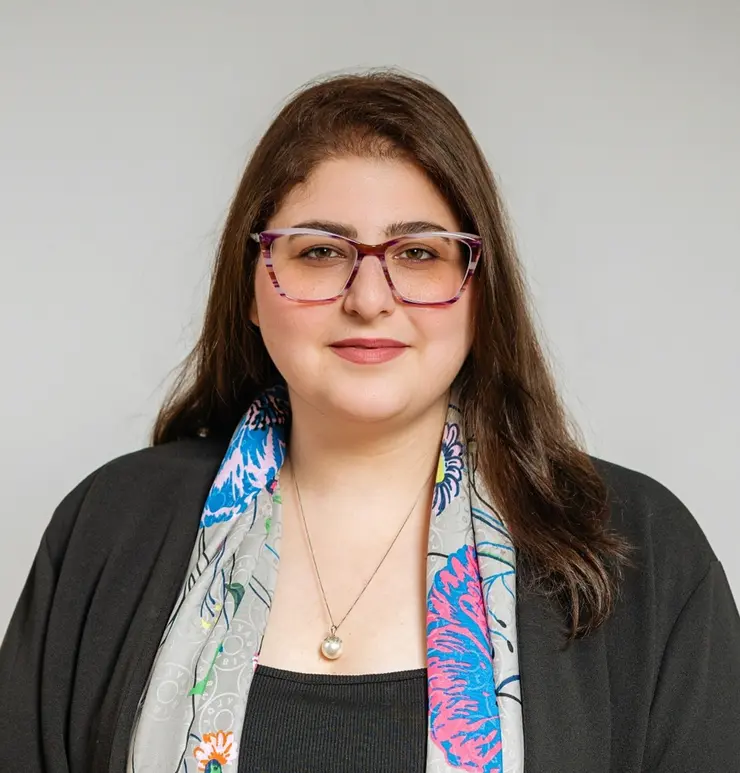
Nour Alwan is an MPP candidate focusing on peace, conflict and transformative justice.
~ The views represented in this blog post do not necessarily represent those of the Brandt School. ~